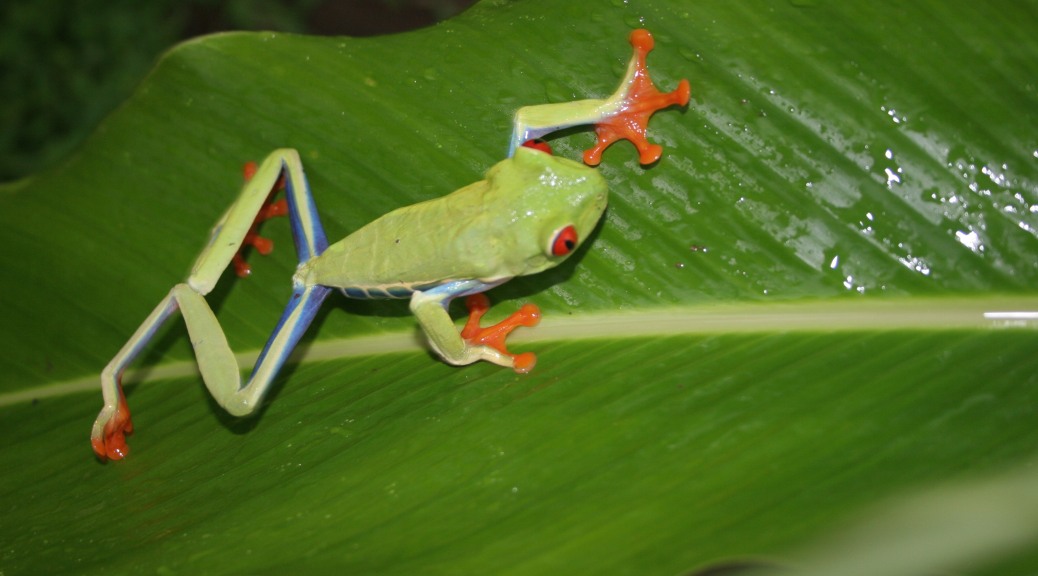By Debi Fanucchi, Oscar Garzon, Julia F. Herring, and Kevin M. Ringelman
ABSTRACT
The Suisun Song Sparrow (Melospiza melodia maxillaris) is a subspecies of Song Sparrow that is endemic to the Suisun Marsh of California. It is listed as a state species of special concern by the California Department of Fish and Wildlife due to its restricted range, small breeding population, and susceptibility to encroaching human development. The Suisun Marsh ecosystem is highly altered, and is comprised of both natural tidal wetlands and impounded wetlands that are cut off from the natural tidal cycle. Suisun Song Sparrows are believed to prefer natural tidal wetlands, but there is a lack of information on sparrow densities and habitat associations in impounded wetlands. To address this knowledge gap, we examined the abundance and habitat preferences of Suisun Song Sparrows in an impounded and heavily managed wetland complex. We conducted surveys at seven sites within interior managed (impounded) wetlands, and seven sites along edges between tidal and impounded wetlands. We found significantly more birds in interior sites than at edge sites, but within edge habitat, abundances were higher on the tidal side of the levee. We found that Song Sparrows used tall vegetation in greater proportion than its abundance, and specifically preferred bulrush and common reed as calling perches. Interior sites contained relatively less of this preferred vegetation than edge sites, suggesting that beneficial habitat heterogeneity in interior sites, and/or deleterious edge effects along the dikes may be important drivers of abundance. In the face of sea-level rise and shifting conservation priorities, many managed wetlands are expected to be converted back into fully tidal systems, and our results provide an important baseline for future research on the effects of tidal restoration.
Continue reading Abundance Estimates And Vegetation Preferences Of The Suisun Song Sparrow In The Interior And Along Edges Of Impounded Wetlands →









